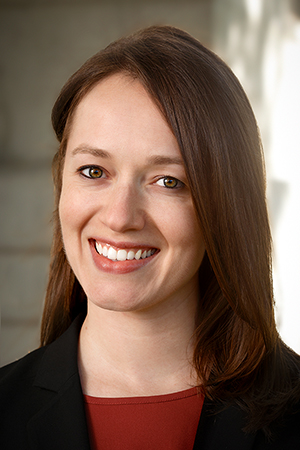Beginning in 2014, a provision in the the Affordable Care Act greatly expanded who was eligible for Medicaid insurance coverage. As a result, 15 million new people signed up for the federal program, making Medicaid the health care insurer for roughly one in seven adults. The expansion prompted health researchers to wonder who is providing care for the new enrollees and if more providers are now accepting Medicaid patients. A new study from the School of Public Health shows physician acceptance of Medicaid only increased slightly, and a majority of the Medicaid patients are being seen by providers who already accept the insurance.

“It’s mostly a ‘good news’ story because there were concerns that people wouldn’t be able to get care at all,” says lead author and Assistant Professor Hannah Neprash. “There is more care for these patients, however, it’s not equally distributed across providers.”
The study was recently published in the journal Health Affairs.
Historically, some providers have refused to see Medicaid patients due to the program’s complex administrative steps for payment, its low reimbursement rates and other factors.
To see if the large expansion of Medicaid made treating its patients more appealing to providers, Neprash analyzed the patient and bill data of nearly 4,000 physicians between 2013 and 2015.
The study found that:
- Before the expansion, 9 out of 10 primary care physicians treated at least some Medicaid patients, but Medicaid represented a small share (<10%) of the average physician’s overall patient panel.
- Overall, primary care physicians increased their participation in Medicaid by 1.6 percentage points, raising their numbers of Medicaid patients on average from 7.8 percent in 2013 to 9.4 percent in 2015. This increase was driven entirely by physicians in expansion states treating more Medicaid patients.
- In 2015, nearly two-thirds of physicians overall maintained their 2013 level of Medicaid participation. Of those who changed categories of Medicaid participation, more transitioned to a higher rather than a lower proportion of adult Medicaid patients.
The results mean that physicians treated more Medicaid patients after the 2014 expansion, but those patients are a very small share of the total patients they treat and Medicaid patients are still concentrated among a small number of providers.
Neprash says the study’s results should ease the concerns voiced by critics of the Medicaid expansion who speculated that physicians would see fewer Medicaid patients or cease participating in the program altogether. She added that policy-makers may want to consider increasing reimbursement or reducing the administrative hurdles to reimbursement in any future efforts aimed at encouraging physicians to treat more Medicaid patients
Neprash is continuing her analysis of Medicaid’s expansion by looking at factors such as how the addition of new patients is affecting appointment wait times and length, and provider and patient experience.
A grant from the Robert Woods Johnson Foundation funded the study.
